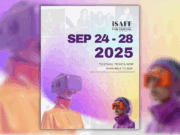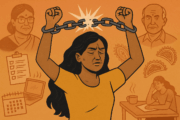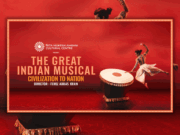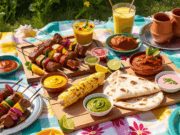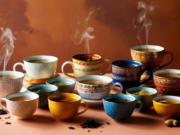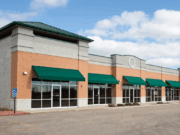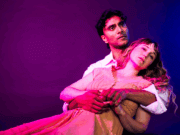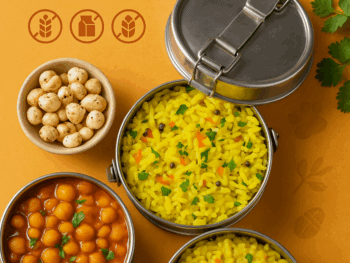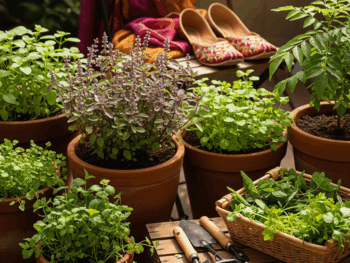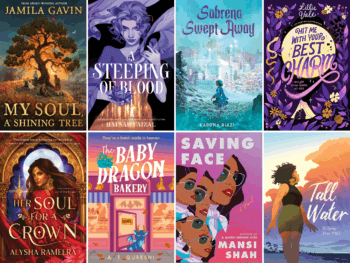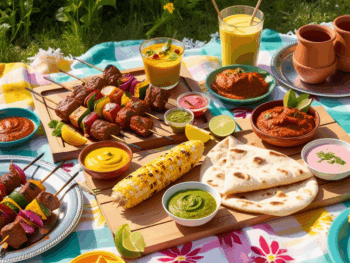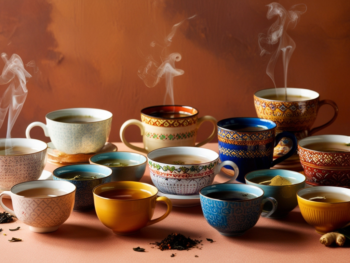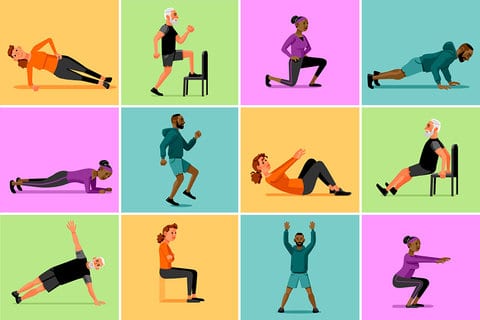
Sweat The Small Stuff: When Working Out We’ve Got To Work On Our Smaller Muscles Too
Lifestyle Apr 03, 2019
Whether it’s admiring Kareena Kapoor-Khan’s abs, or Tiger Schroff’s sculpted biceps, Bollywood stars share our passion for working out. Even though we can’t wait to tone our quads and hamstrings and the larger muscles, when working out we’ve got to work on our smaller muscles too!
The Journal of Medicine & Science and Sports & Exercise recently discussed that most people, when working out and exercising focus on biceps, quads and other larger muscle groups. However, the smaller supporting muscle groups that we often forget to challenge are just as important to our overall fitness, strength and endurance!

Most people have some kind of regular daily activity, usually closely connected to their daily habits; walking after dinner, running in the morning or dancing with friends on the weekends. However, over time despite how active we have been, we all will experience a reduction with age in muscle volume, muscle strength, and aerobic capacity. Exercising both the larger and smaller muscles will keep us mobile and healthy during the entire course of our lives.
On a cellular level, exercise is important because we essentially want to increase the levels of oxidative enzymes which are found together with high maximal aerobic power capacity. This increases the rate at which adenosine triphosphate (ATP) is produced aerobically — we need this to happen so we can grow healthy muscle and tissue cells.
It’s All About Your Ankles, Actually
Our ankle absorbs force and helps maintain balance when we walk, run, and dance. We need healthy strong ankles to keep our strength and flexibility. When you dance to your favourite Bollywood tune, pay close attention to your ankles. You would be surprised at how much ankle muscle you use. Even simply flexing your foot (add a resistance band for advanced training) builds those often overlooked flexors. Muscle dysfunction in your ankles will lead a host of health problems and decrease the quality of life. Having healthy ankle muscles helps to protect your feet, legs and spine and reduce bone regeneration — which is critical for the maintenance of mobility.

So when you’re on the couch resting or watching your favourite movie, stretch your your legs, your feet and rotate your ankles in both directions. Having strong small muscle groups also result in more efficient gas and material metabolism between the blood and muscle fibres. Interestingly, The Journal of Strength and Conditioning Research recently did a study and found out that even a positive attitude towards physical exercise and strength training for prevention also help improve the body’s capacity to move!
Talk To The Hand
Another small muscle group that you need to train often are the hands. Hand grip strength assists everything from opening jars of our favourite foods to holding a tennis racket or carrying groceries. All age groups can keep a tennis ball nearby and squeeze a tennis or stress ball to build hand muscles. Do you love to put mehndi on your friends? That’s when your grip control plays a major part. Yoga and mat pilates has also been shown to improve hand grip strength.

Switch It Up
Choosing to exercise your smaller muscles first or with intervals with larger muscle groups can also add variety to your weight training routine and help you bust through exercise plateaus. Smaller muscles are not able to train at high intensities after they are used to help stabilize for bigger muscles during exercise. This limits strength development of these small muscles. Choosing to exercise the smaller muscles first or in intervals will allow for greater strength development of these muscles.
For example, during dance or yoga, in between working the quads our class breaks for side bends, side twists or to stretch the neck. Strength plateaus occur in training when your body becomes accustomed to the training you perform and plateaus also can occur when small muscles are no longer strong enough to support the training load or when large muscles don’t have a great enough ability to stabilize to produce movement.

These are both areas where training smaller muscles first is most beneficial. Including small muscle training will help round out your training program and limit areas of weakness within both big and small muscles.
Check Out Your Chest
You work the large chest muscles when you are standing, let’s say holding light or heavy weights and moving your arms in and out in a bird like wing motion. However you use your small muscle chest groups when you are lying back down on a mat again moving your arms across your pecs like a bird wing motion open and closing. Having a strong chest is great for posture and increases your ability to ‘push’ things. These pectoral muscle is also involved in moving the rib cage during deep breathing. You can take deeper breaths when you have strong chest muscles. Strength training and small muscle focus training is an effective method in order to improve maximal strength and flexibility.
Spring is a great time to start a new exercise gym. Yoga, pilates, ballet are all ways to focus on both the smaller and larger muscles.
Main Image Photo Credit: www.robsellshouston.com
Nadine Afari
Author
Our Guest Fitness Expert, Nadine Afari (@fitthoney) received her Masters in Science degree from The University of Toronto then relocated to sunny California to accept a job as a health researcher for The University of Southern California. She has been studying health and medicine for 15 years at som...




